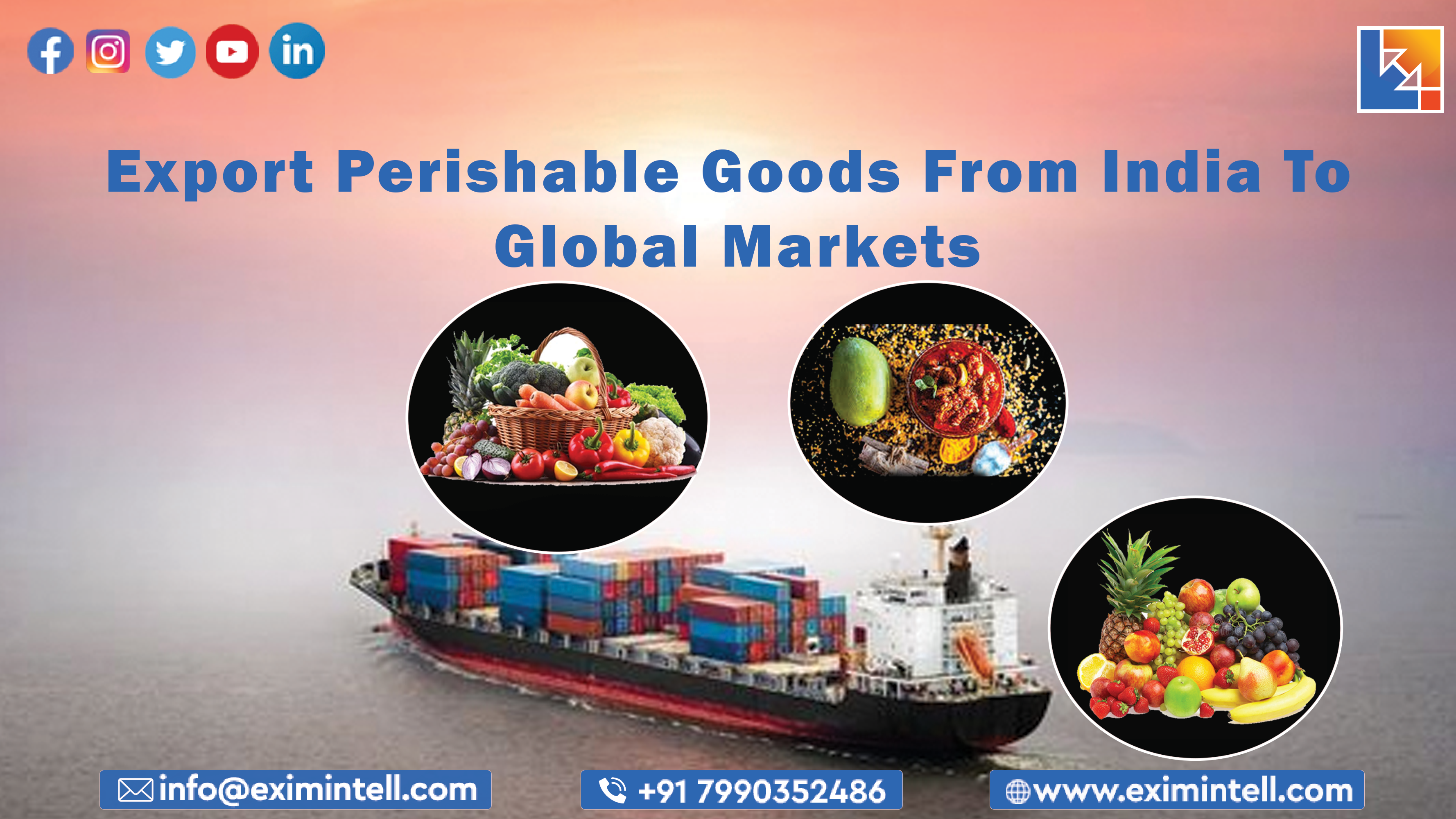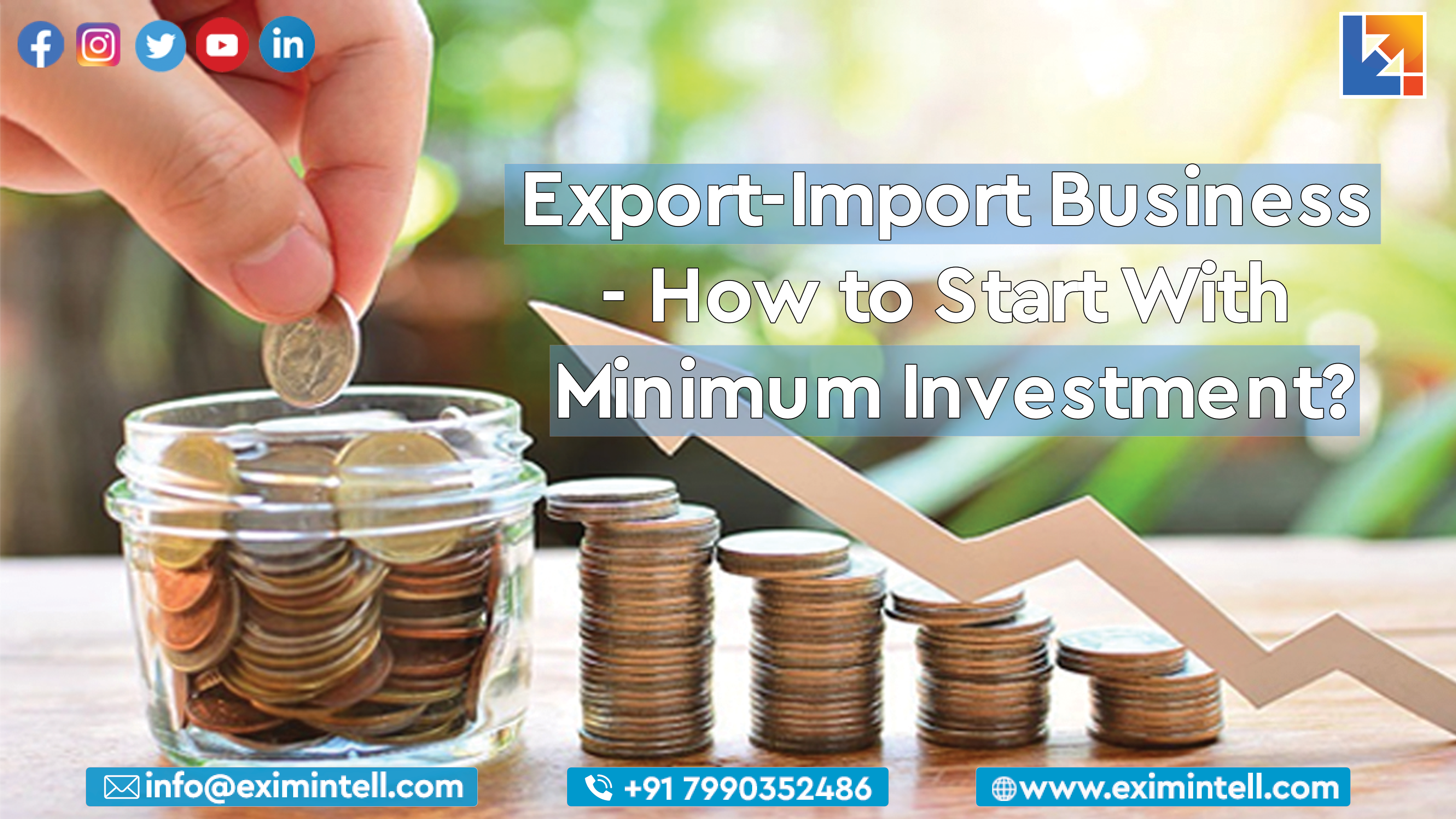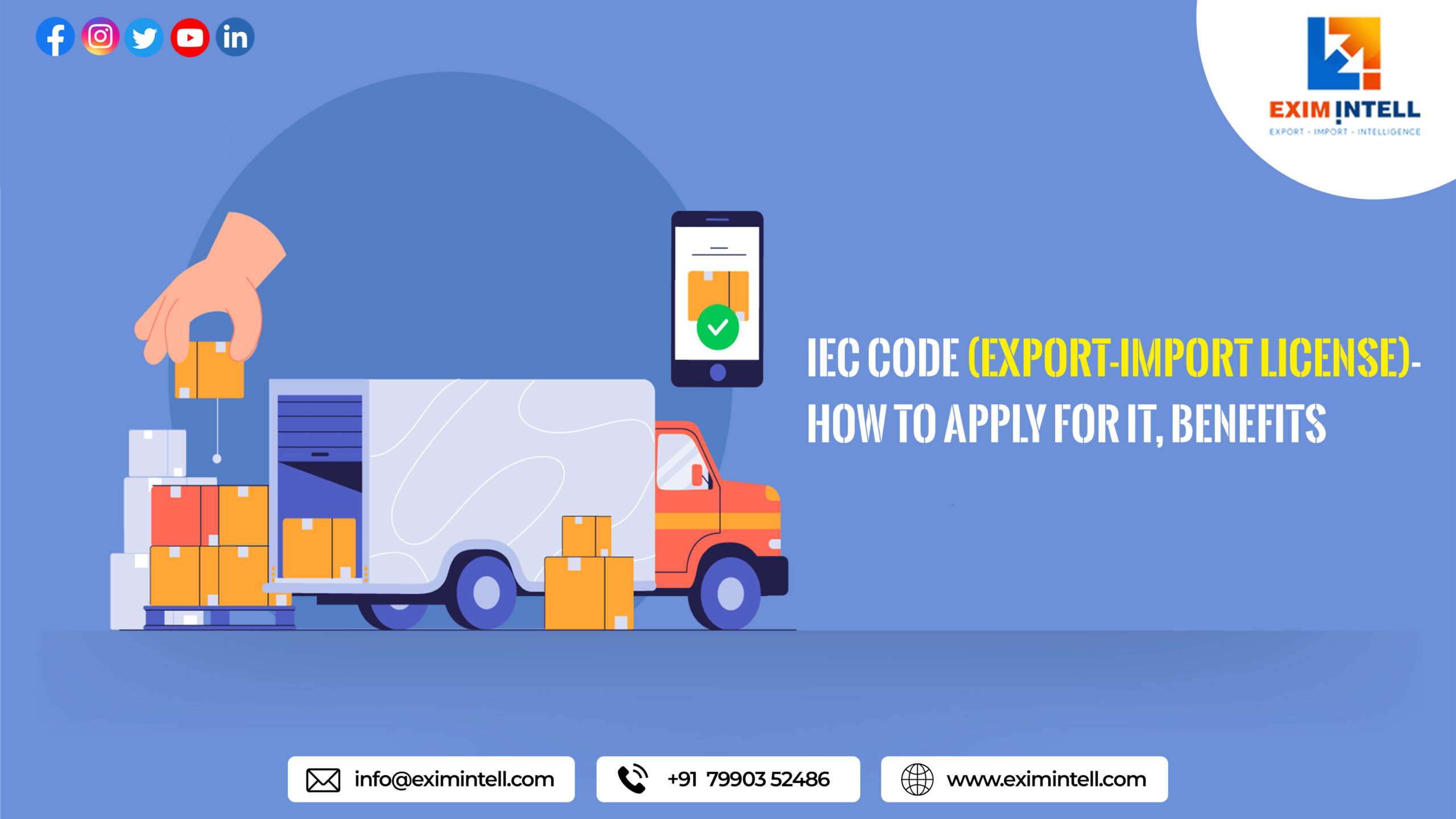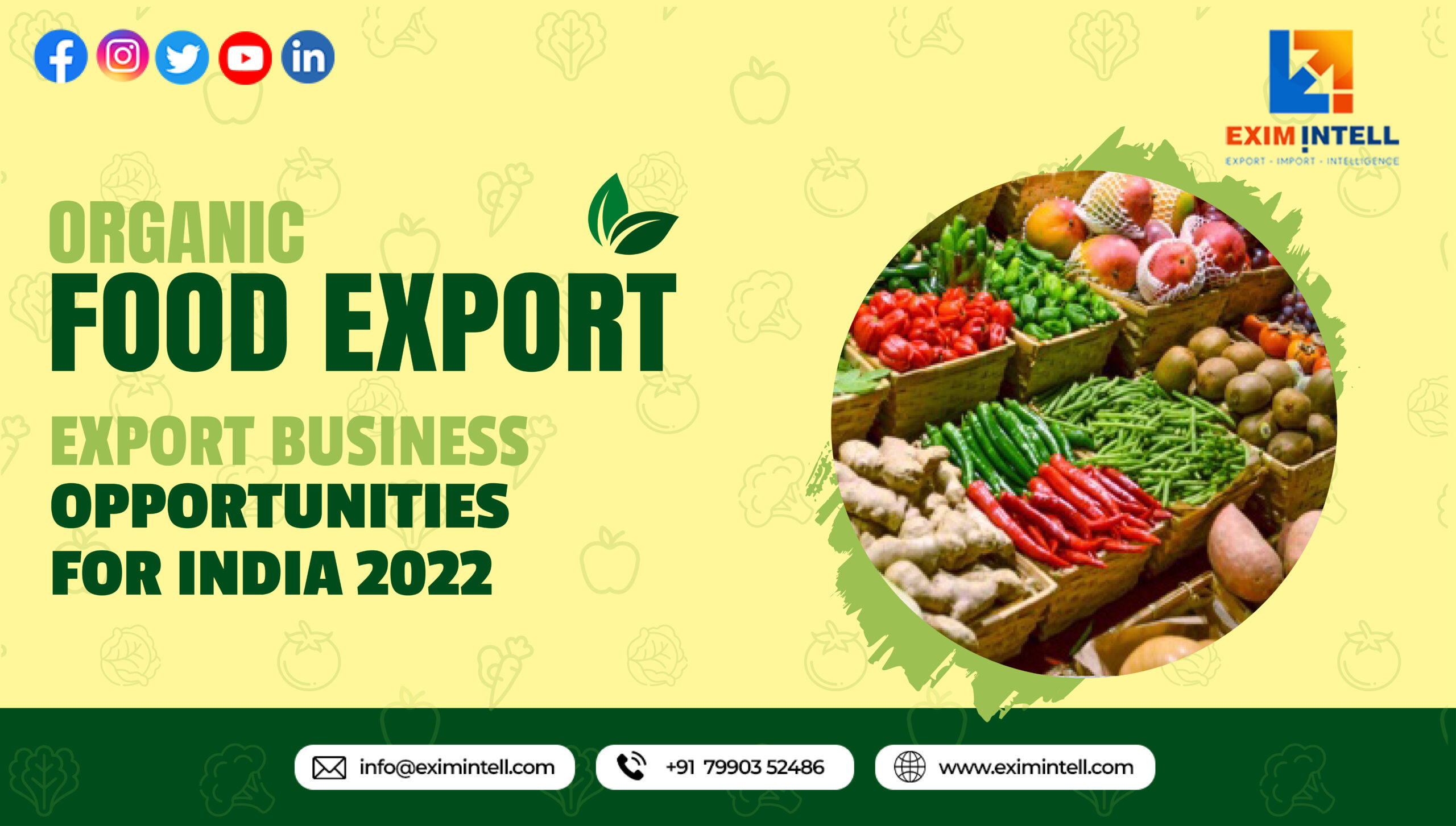Increase your profits by Exporting Perishable Goods from India to other countries. To ensure the products are safely handled and transported, you must meet certain criteria. In this article, learn how to export perishable goods from India with the help of Export Import Consultant’s experienced team who will take care of the process so that you don’t need to worry about a thing.
Overview of Export Perishable Goods From India Regulations
India has a long and diverse history of Exporting perishables to Global markets. The Indian government has put in place a number of regulations to ensure the safe export of these goods.
Perishable goods are defined as any goods that have a limited shelf life and require special storage and transportation conditions. These goods are subject to the same export regulations as other goods, but there are some additional requirements that must be met in order to ensure their safety.
All perishable exports from India must be registered with the Export Inspection Council of India (EICI). The EICI is responsible for inspecting all exported perishable goods and ensuring that they meet all export standards.
Exporters must also obtain an Export Licence from the Directorate General of Foreign Trade (DGFT). This licence is required for all exports from India, regardless of whether they are perishable or not.
In addition to these general requirements, there are some specific regulations that apply to the export of perishable goods. These include:
– All perishable exports must be shipped in refrigerated containers. – Perishable exports must be shipped within 72 hours of harvest/processing. – Exporters must maintain detailed records of all shipments, including date, time, quantity, destination, etc. – Exporters must declare all perishable exports on their shipping manifests. – All shipments of perishable goods must be accompanied by a Certificate of Origin issued by the EICI.
Types of Perishable Goods in India
In India, there are many types of perishable goods that can be exported to Global markets. These include fruits, vegetables, dairy products Etc. Each type of perishable good has different requirements for storage and transportation, so it is important to carefully consider these factors before exporting any goods from India.
Fruits and vegetables are the most common type of Exporting Perishable Goods from India. They can be shipped fresh or frozen, and must be kept at proper temperatures during transit to maintain their quality. Dairy products, such as milk and cheese, must also be kept cool during transport and storage. Meat and seafood products require special handling to prevent spoilage must be refrigerated to maintain their freshness.

Packing and Shipping Requirements for Export Perishable Goods in India
When Exporting Perishable Goods from India to Global markets, there are certain packing and shipping requirements that must be followed in order to ensure the safety of the products.
All perishable goods must be packed in clean, sturdy containers that are designed for food storage. The containers should be free of any holes or cracks that could allow bacteria or other contaminants to enter the food.
The containers should also be labeled clearly with the name and address of the sender, as well as the destination country. Perishable goods must be shipped via an express shipping method such as FedEx or UPS in order to ensure timely delivery.
Once the perishable goods have been packed and shipped, it is important to monitor them closely during transit. The products should arrive at their destination within a few days of being shipped. If there is any delay in delivery, the products should be refrigerated immediately upon arrival to prevent spoilage.
Appropriate Storage Conditions for Export Perishable Goods From India
When shipping perishable goods from India to Global markets, it is important to take care of the storage conditions to ensure the quality of the products. Depending on the type of perishable goods, the storage temperature needs to be set at an appropriate level to prevent spoilage. Here are some tips on how to store different types of perishable goods for exporting:
-Fruits and vegetables: These items should be stored in a cool, dry place with good ventilation. The ideal temperature for storing fruits and vegetables is between 10-15 degrees Celsius.
Export Products from India to Dubai. Which Product And How?
Documentation Required For Export Perishable Goods in India
When Exporting Perishable Goods from India to Global markets, it is important to have the proper documentation in order to ensure that the shipment arrives safely and on time. Below is a list of documents that are required for exporting perishable goods from India:
-Commercial Invoice: This document is used to itemize the products being shipped and includes information such as the unit price, quantity, and total value of the shipment.
-Packing List: This document details the contents of each package being shipped and includes information such as the dimensions, weight, and number of items in each package.
-Certificate of Origin: This document certifies that the products being shipped originate from India.
-Phytosanitary Certificate: This document certifies that the products being shipped are free of pests and diseases.
-Export License: This document is required in order to export certain types of perishable goods from India.
Best Practices to Ensure Quality and Safety
When Exporting Perishable Goods from India to Global markets, it is important to follow best practices in order to ensure quality and safety. Here are some key tips:
-Ensure that the goods are properly packed and protected from spoilage. This includes using appropriate packaging materials (such as insulation) and ensuring that the goods are stored at the proper temperature.
-Follow all export regulations and requirements set by the destination country. This includes ensuring that the goods meet all food safety standards.
-Work with a reputable shipping company that has experience in transporting perishable goods. This will help ensure that the goods arrive at their destination safely and on time.
Conclusion
Exporting perishables from India to other countries is a complex process but one which is made easier when you have the right information. With an understanding of what goods are permitted for export, how to ensure their safe and timely transport, and guidance on labeling requirements, you can more safely Export Perishable Goods from India to international markets. If you need additional help in navigating this complicated process we recommend seeking out advice from experienced logistics professionals who will be able to provide valuable insight into all aspects of successful exports.








